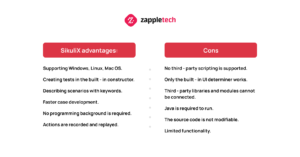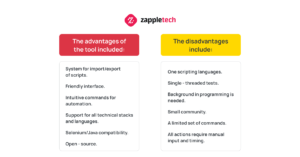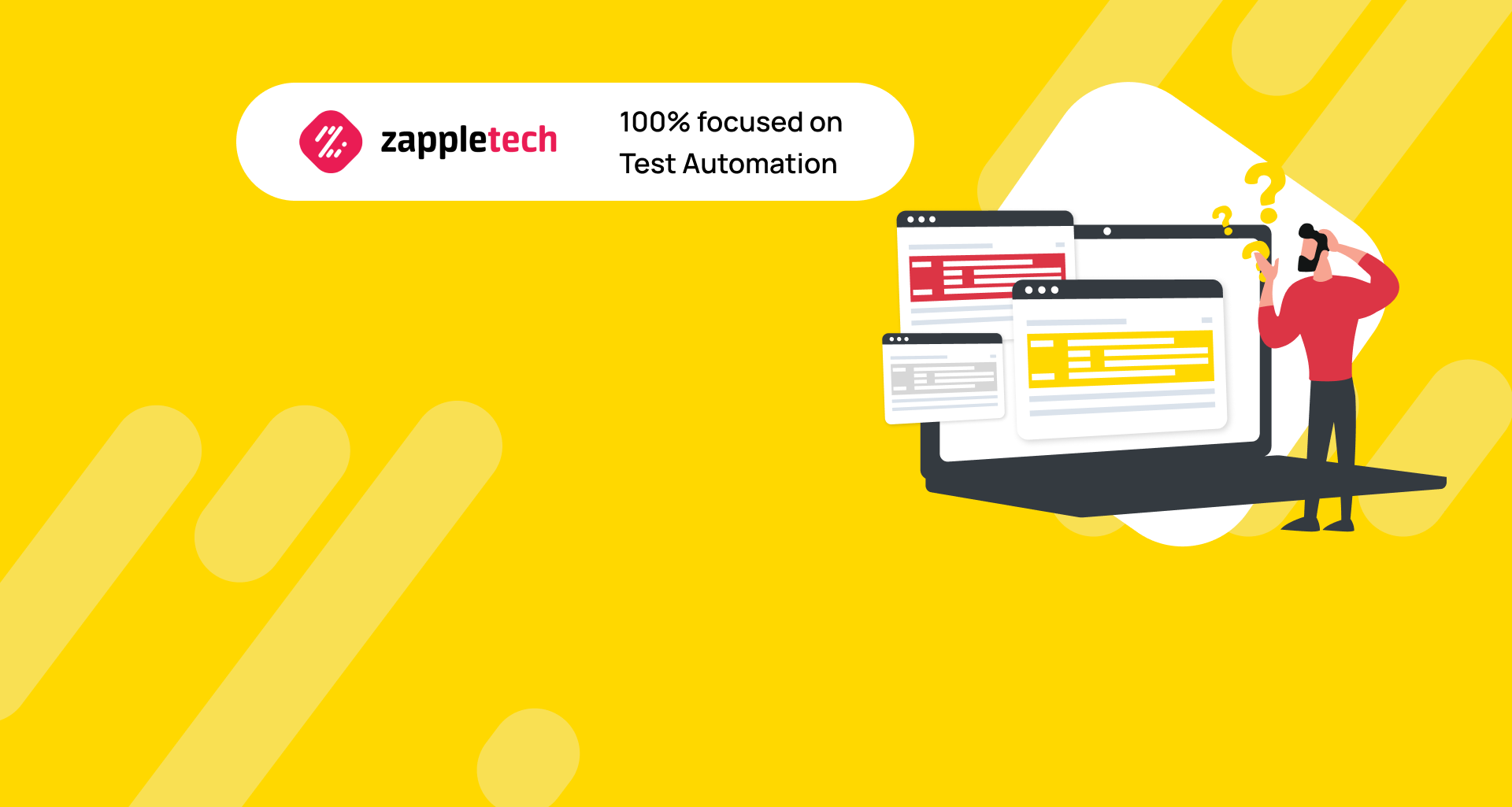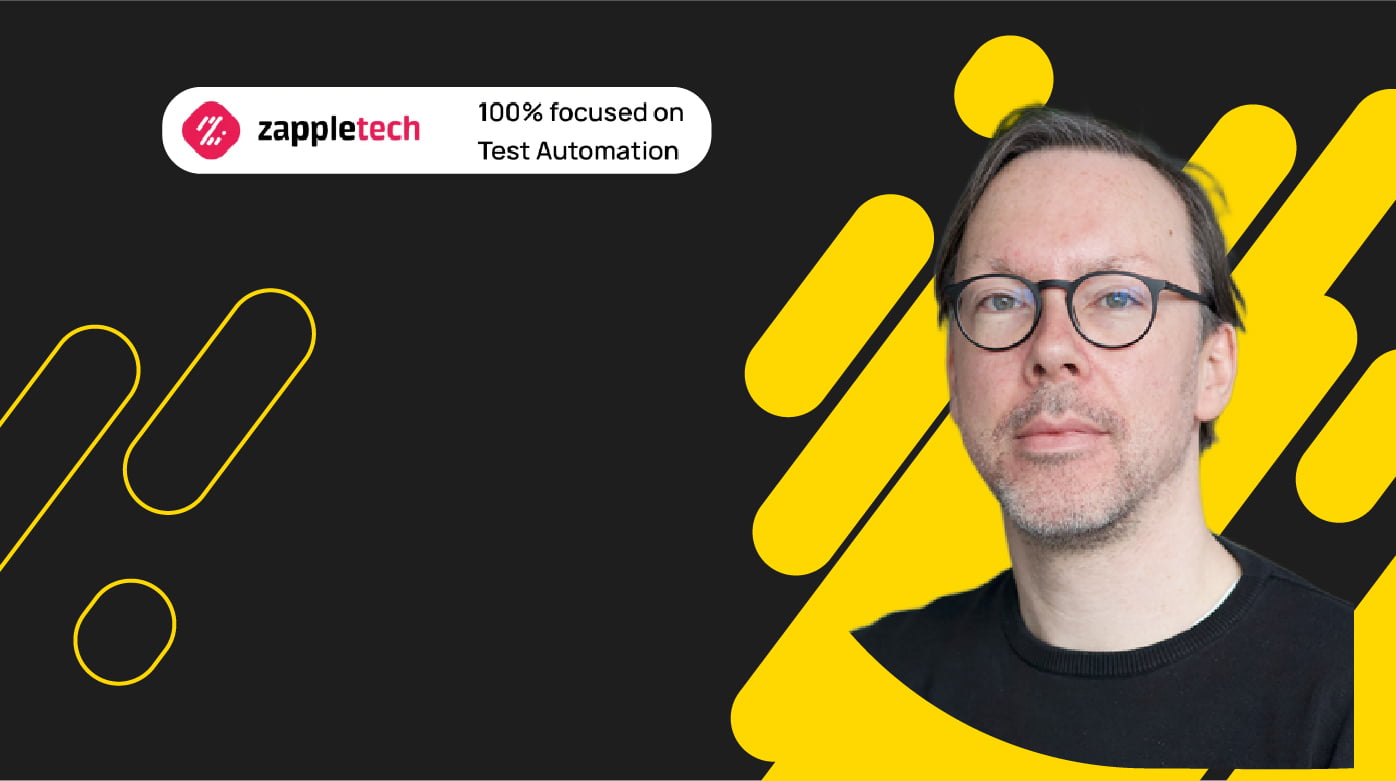According to StatCounter, the demand for PC software is about 43.48%, highlighting the critical role of desktop developers in the IT industry. One of the persistent challenges in software development is the detection of bugs at the release stage, which can significantly impact the product’s quality. The only professionals equipped to optimize product quality are Software Quality Assurance (SQA) specialists, or simply testers. It’s evident that the QA industry has undergone significant transformations over the past few decades.
In the early stages of software development, methodologies did not allow for the swift identification and resolution of bugs during sprints. This often resulted in the consumption of additional resources and time, with testing primarily conducted by programmers themselves rather than being outsourced. Naturally, this approach negatively affected the quality of the final products. However, with the advent of automated desktop apps testing, many routine processes have been streamlined. Nevertheless, this shift has introduced new challenges for QA personnel, particularly in the realm of test automation for desktop applications.
The expert team at ZappleTech has analyzed the current QA services market and compiled a concise report on effective working methods. In this material, you will discover how to effectively automate test desktop apps and explore the best tools available for this purpose. This guide will provide you with the insights needed to navigate the complexities of test automation for desktop applications and ensure your software meets the highest quality standards.
Select a tool that supports your desktop application’s technology stack, such as Pywinauto, TestComplete, or WinAppDriver. Ensure it integrates well with your CI/CD pipeline for seamless testing.Mikhail BodnarchukCDO, ZappleTech Inc.
Table of Contents
The history of QA: from the Stone Age to modern methods
Let’s take a moment to recall the testing process from the 1980s, 90s, and even the early 2000s. It all began with the classic Waterfall model, a linear and structured approach that laid the foundation for software development. However, as the industry evolved, this model was gradually replaced by more modern methodologies like Scrum and RAD (Rapid Application Development). These methodologies revolutionized the SQA (Software Quality Assurance) process, bringing agility and flexibility into the picture.
In those days, test automation was primarily focused on desktop applications, a significant aspect of ensuring software reliability and performance. Test automation for desktop applications became increasingly critical as software complexity grew, necessitating faster and more efficient testing methods. This evolution in testing practices highlights how far the industry has come, from rigid, sequential processes to adaptive, iterative frameworks that accommodate the rapid pace of modern software development.
Let’s consider their features and testing methods:
Waterfall: In the Waterfall methodology, testing is provided after the completion of each module. If bugs are found during this phase, development halts until the issue is resolved. This approach ensures that each component is thoroughly vetted before it is integrated into the larger system. However, this sequential process can lead to potential compatibility issues, as the modules are only combined after all individual components are complete. These compatibility issues often emerge post-release, requiring additional effort to resolve. This traditional method can be particularly challenging when applied to test automation desktop applications, where early detection of integration problems is crucial for a smooth user experience.
Scrum: The testing process starts from the first days of development and is closely aligned with the sprints of programmers and designers. This synchronization ensures that bugs are quickly identified and fixed without having to wait for the project’s final release. However, when it comes to test automation for desktop applications, one of the main disadvantages is the dispersion of the QA team’s efforts across multiple tasks. These tasks include testing, creating test cases, and maintaining communication with other teams. This multitasking can often lead to mistakes, especially when the staff is overworked, impacting the overall efficiency of the testing process.
RAD: Rapid Application Development (RAD) is a methodology that emphasizes quick development cycles and modular approaches, making it particularly effective for test automation desktop applications. Since application modules are developed simultaneously, the QA team is divided into specialized groups that check the entrusted area for errors, ensuring seamless communication with programmers. This collaborative approach allows for rapid identification and resolution of issues.
However, before these modules are integrated into the final product, everything must be meticulously retested to ensure compatibility and stability. This retesting phase is crucial in the context of test automation desktop applications, as it guarantees that the modules function correctly when combined. After the release, a comprehensive multifunctional test is conducted to evaluate the performance of the entire application, ensuring that all components work together as intended. This final testing phase is essential to verify the reliability and robustness of the application before it reaches the end-users.
Although the methods are different, the main purpose of testing does not change. Optimization of user experience and performance of the final product is a priority task for QA specialists. The quality of the released application depends only on their care and thoroughness.
Responsibilities of QA Teams
As technologies evolve, so do the methodologies that guide software development and quality assurance. The shift from traditional Waterfall models to Scrum, Agile, and DevOps has significantly influenced how teams operate. These changes have enabled developers to clearly define the responsibilities of all team members while also allowing for the delegation of specific tasks to third-party contractors when necessary. Despite these advancements, the core principles of QA testing remain steadfast.
In today’s landscape, a critical responsibility of QA teams is to ensure the reliability and functionality of software across various platforms. This is especially important for desktop applications, where test automation desktop applications play a pivotal role. Implementing test automation desktop applications allows QA teams to efficiently manage repetitive tasks and identify issues early in the development cycle. By focusing on test automation desktop applications, QA teams can streamline processes, reduce errors, and ultimately deliver higher-quality products to end users.
Now the responsibilities of testers include:
- Writing cases considering the specification, product direction, and programming language.
- Create a test plan and synchronize it with sprints and software development stages.
- Development of scenarios to test the functionality and interaction of all interface elements with units.
- Description of found errors, formation of bug reports, and sending them to programmers.
- Control over the correction of pressing problems by developers and repeated checks of finished components.
- Preparing regression testing for each development stage.
- Manual and automated desktop app testing with native tools and web technologies.
At the same time, the QA process is almost identical for startups with small budgets and for large companies with strict product requirements. The trend is user experience, which means that the test team focuses on the software functionality, logical control, and interface operation under normal conditions and deviations from standard scenarios.
What is automated desktop app testing
If you’re involved in QA and desktop software development, you likely understand that the traditional testing process involves manually checking each component for defects, which can be time-consuming and prone to human error. However, the industry is increasingly adopting techniques from the web development world, particularly the use of scripts to automate routine checks. These scripts are being gradually integrated, modernized, and expanded within desktop applications.
As software becomes more complex, the resources required to test it also increase. However, with the advent of modern tools, this testing process can now be streamlined into compact scripts that run in cycles. This approach is known as test automation for desktop applications. To effectively implement automated desktop apps testing, you need a solid foundation in QA, a good grasp of relevant tools and programming languages, and a bit of creativity to handle the unique challenges that desktop environments can present. By leveraging these skills, you can significantly enhance the efficiency and reliability of your testing processes, ensuring that your desktop applications are robust and error-free.
Begin automation with core functionalities like login, navigation, and basic operations. Gradually expand to more complex scenarios to ensure the stability of the automation scriptsSergey AlmyashevCOO, ZappleTech Inc.
How testing affects the final quality of an IT product
In the world of IT product development, one fundamental principle stands out: “The more bugs are revealed during the development, the less money will be spent on fixing them after release.” This statement has become an axiom in the industry, and for a good reason. Early detection of issues not only saves money but also significantly improves the overall quality of the final product.
Our extensive experience in providing QA services has shown us the tangible benefits of identifying and addressing bugs during the development phase. By investing in thorough testing early on, particularly through methods like test automation for desktop applications, you can catch and resolve issues before they escalate into costly problems post-release.
Test automation for desktop applications plays a crucial role in this process by allowing repetitive and time-consuming tasks to be executed efficiently. This not only accelerates the development cycle but also ensures that the final product meets the highest standards of quality. The automated approach helps in consistently verifying that all components work seamlessly together, reducing the likelihood of post-release failures and, consequently, the costs associated with them.
In essence, the quality of the final IT product is heavily influenced by the rigor of the testing process. By embracing techniques like test automation for desktop applications, you can enhance both the efficiency and effectiveness of your QA efforts, leading to a more reliable and polished end product.
Automated desktop apps testing process
It is difficult to single out common instructions for automated desktop apps testing because it involves many programs that contain different algorithms and commands. Nevertheless, the common things can be noticed, for example, preparing for testing, generating reports, etc.
Let’s walk through this procedure step by step:
- Making scenarios. Creating a test condition, entering the needed parameter, the value, and the expected result.
- Writing scripts. Describing the required actions and determining the sequence and cyclicality.
- Authenticity check. Checking the case against the script body, eliminating differences, optimizing the executable code, establishing connections with units, etc.
- Running the test. Making operational edits, sending the script to RAM, running the scripts over and over again.
- Analysis of reporting. Reviewing logs saved in text files and checking them for compliance with the expected results.
- Correction and redoing. Changing code in the case of bugs and retesting.
As a result, bugs must decrease to zero. The tested section of the program connects with the main body, and development continues.
Top 3 desktop software testing tools
When it comes to ensuring the reliability and performance of desktop applications, test automation plays a crucial role. Test automation desktop applications require specialized tools that can handle the complexities and unique challenges of different operating systems and user environments. The tools mentioned in this top list are all exceptional in the realm of QA. Each one stands out in its ability to address specific tasks, making them universal assistants for advanced testers. Moreover, their user-friendly interfaces and comprehensive features make them very welcoming to newcomers in the field.
So, let me introduce the best tools for automated desktop apps testing that cater to both seasoned professionals and those just starting their journey in test automation.
WinAppDriver
A versatile tool for testing desktop applications. It copes with popular programming languages: C#, Java, Python, or Ruby. It is based on the classic WebDriver, so there are no obstacles to entry for Selenium and Appium users.
The advantages include:
- Easy integration with projects for Selenium/Appium.
- A wide range of simulated actions (up to the tilt of the device).
- Additional libraries and script add-ons.
- POM and XPath support.
- It is integrated into extended versions of the distribution.
- Free distribution model.
Disadvantages:
- Binding to Windows 10.
- Limited interaction with third-party stacks.
- Strict requirements for QA specialists.
- You cannot record actions for later playback.
- There is no built-in logger and archive.
- Work is impossible if you do not have programming skills.
WinAppDriver is a powerful tool for testing classic desktop applications on Windows. It requires programming skills and a lot of experience in automated desktop apps testing. Recommended for professionals and IT enthusiasts.

SikuliX is a multi-platform tool for automated desktop apps testing. Its functionality allows for fulfilling assigned missions and checking the interface of the tested software. We believe that the main disadvantage is the closed platform structure because the standard set of commands often lacks some features when creating scripts.
AutoIt

Winium for Desktop
Winium for Desktop is often referred to by developers as the “Selenium for Windows,” a testament to its reliability and effectiveness in test automation for desktop applications. This tool excels in working with popular frameworks like WinForms and WPF, ensuring seamless integration with native Windows solutions. Its adaptability is one of its standout features, making it a versatile choice for various testing environments. Whether deployed on-premises or in the cloud, Winium for Desktop offers robust support for comprehensive test automation desktop applications, catering to the unique needs of different projects.

Disadvantages of the software:
- Outdated source code.
- It runs exclusively on Windows 10.
- Products on other technical stacks are not supported.
- Weak API with a low level of integration.
- There is no action recording for playback.
- Requires programming skills to work.
Winium for Desktop is a good solution for advanced QA professionals. Its functionality allows you to automate testing of Windows apps, and its similarity to Selenium simplifies work. Despite obvious problems, the tool is in demand and is used by most quality control experts.







